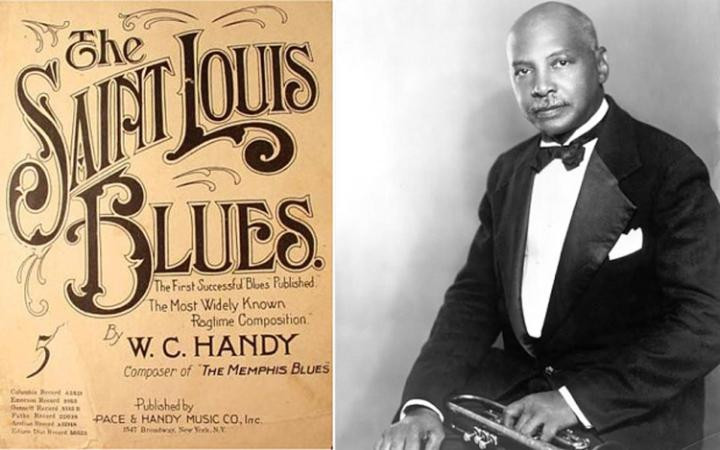A Legendary Blues City
St. Louis has a long, rich history of blues music, such a part of daily life that it was almost not considered as a special music genre. Music was connected, on one side, to the world of night clubs and on the other to the working people, but its popularity became a thing in ragtime years. Among all the Mid-West cities, St. Louis was the one famous for being the place to be, where one could dance to the cakewalk at the sound of the ragtime piano.
For generations the city has kept its indigenous tradition of blues music alive, from it’s roots as a crossroad for migration routes, with streams of people from southern states continuously flowing to the city, sharing and contributing massively to the great variety and musical richness of St. Louis.
All of a sudden one could find barrelhouse and boogie pianists playing with ragtime guitarists and gut bucket trombonists for the “low-down blues” in Deep Morgan, you could find influences from the sounds of New Orleans, big stars like Mamie Smith, Bessie Smith and Ethel Water playing in town theaters or Jelly Roll Morton on the boats on the river.
If you wanted to have a “big chance” in music, you wanted to be in St. Louis at some point!

It’s through the Bessie Smith & Louis Armstrong version that “St. Louis Blues” has most effectively journeyed into modern times, influencing a generation of rock vocalists — Janis Joplin once commented how Smith “showed me the air and taught me how to fill it” — and gaining a permanent spot in the American musical canon.
Table of contents
That’s right, talking about Johnnie “B Goode” Johnson!

A deep heritage of music
